The Evolution of Memes: How They Shape Our Culture Now
In 2025, memes are far more than internet jokes. They’ve evolved into one of the most powerful tools for communication, commentary, and even influence. What began as funny images and inside jokes among niche internet communities has grown into a global cultural language. Memes are now how we laugh, protest, cope, promote, and even remember.
But how did this shift happen? How did memes go from reaction images on early forums to shaping elections, brand identities, and public discourse? The answer lies in the timeline of digital evolution, the rise of social media, and the internet’s need for shared language in a fast-paced world.
Let’s break down how memes have evolved—and how they shape our culture today in real, measurable ways.
The Early Days: Where It All Began
The term “meme” was coined long before the internet, by evolutionary biologist Richard Dawkins in 1976. He used it to describe cultural units of information that spread from person to person, like ideas, beliefs, or fashion. But when memes met the internet, the meaning shifted.
In the late 1990s and early 2000s, memes started to appear on image boards, email chains, and early forums like Something Awful or 4chan. These memes were mostly static images with bold text—rage comics, LOLcats, or advice animals.
They were simple. They spread fast. But most importantly, they were communal. A meme wasn’t owned by anyone. It was meant to be remixed, repurposed, and reshared.
The Social Media Shift: Memes Become Mainstream
As social media platforms like Facebook, Instagram, and Twitter exploded, memes began to evolve in format, tone, and reach.
By the mid-2010s, meme pages and influencers started to gain massive followings. Aesthetic memes emerged—blending irony, nostalgia, and surrealism. Vine, and later TikTok, turned short-form video into meme-making factories. A meme could now be a 6-second skit, a viral soundbite, or even a stitched reaction.
No longer confined to a small circle of internet users, memes were reaching millions. Brands started using memes in marketing. Politicians used memes in campaigns. News outlets referenced memes in headlines.
What was once niche became the pulse of pop culture.
Meme Formats Now: Faster, Smarter, More Diverse
In 2025, the meme isn’t just a joke—it’s a format of expression. Here’s how that looks:
- Image-based memes still thrive, especially on Instagram, Reddit, and X. They’ve become more layered and referential. A meme today may include obscure cultural references, political commentary, or viral screenshots.
- Video memes, especially on TikTok and YouTube Shorts, often include trends, challenges, or audio bites that carry specific meanings. They rely heavily on timing, editing, and knowing the current mood of online culture.
- Text memes, such as ironic tweets, copy-pasta stories, or Tumblr screenshots, spread through their relatability or absurdity.
- Meme hybrids, where creators mix image, video, and text, show how memes now live in dynamic formats instead of single posts.
What sets today’s memes apart is how quickly they adapt. A trend can rise, peak, and die in 48 hours. Memes respond to global events in real time. A news story breaks in the morning, and by afternoon, there are thousands of memes dissecting it.
Memes as Social Commentary
Memes now serve as powerful tools for social and political commentary. During protests, elections, and even global crises, memes are often the first form of response. They reflect public sentiment in an immediate, emotional, and digestible way.
Examples:
- Political satire has gone from editorial cartoons to viral memes mocking politicians, policies, or entire ideologies.
- Social justice movements like Black Lives Matter, climate activism, or mental health awareness have used memes to amplify voices and raise awareness.
- Global events, from pandemics to celebrity scandals, are processed through memes before traditional news can catch up.
This transformation has made memes an entry point for younger audiences into bigger conversations. They simplify complex issues without stripping them of emotional weight.
The Meme Economy: Monetization and Branding
In today’s creator economy, memes aren’t just for laughs. They’re currency.
- Meme pages with large followings now sell ad space or run branded content campaigns.
- Individual creators turn meme-making into full-time jobs, using Patreon, affiliate marketing, or merchandise.
- Brands hire meme strategists to create relatable content that doesn’t feel like advertising.
The line between organic and paid meme content is thinner than ever. This has led to criticism that memes are becoming too commercialized, but it also signals the power they hold. Memes have real economic value—and everyone wants in.
Memes and Mental Health: The New Language of Coping
Memes have also become a powerful form of emotional expression. In a world increasingly shaped by stress, uncertainty, and isolation, memes offer comfort.
- Anxiety and depression memes give people a way to laugh at their struggles without minimizing them.
- Relatable memes help users feel less alone by showing others go through the same experiences.
- Dark humor memes, once niche, are now part of mainstream content, offering catharsis through absurdity or shock.
While critics argue that some of this can normalize unhealthy behavior, others believe it’s a form of collective therapy. In short, memes help people feel seen.
Memes and Generational Identity
Different generations relate to memes in different ways:
- Gen Z has fully grown up with meme culture and speaks it fluently. They use memes to bond, critique, and self-deprecate.
- Millennials often toggle between nostalgic memes and self-aware commentary.
- Gen Alpha, the youngest internet users, are already creating and sharing meme formats native to platforms like Roblox and TikTok.
Each generation uses memes to reflect their worldview, humor, and challenges. What was once a fringe online joke is now a cultural mirror.
The Dark Side of Meme Culture
Not all memes are harmless. Some are used to spread misinformation, racism, or hate. Platforms have had to crack down on harmful content that uses humor as a cover for dangerous messages.
Memes can also distort reality. A meme can reduce serious issues into oversimplified jokes. When shared out of context, memes can mislead or manipulate.
This raises important questions: Who controls the narrative? And how can humor be used responsibly?
What’s Next for Meme Culture?
In 2025, memes are only becoming more powerful, but they’re also facing challenges:
- AI-generated memes are flooding social media, raising questions about authenticity and humor created by machines.
- Deepfake memes and altered videos are blurring the line between satire and misinformation.
- Platform shifts, with apps like Threads, Lemon8, and BeReal growing in popularity, are influencing where and how memes spread.
Still, the core of meme culture remains the same: shared experience, community, and rapid expression.
Final Thoughts
Memes have come a long way from their early days. In today’s world, they are more than just fleeting jokes. They are reflections of culture, tools of resistance, creative outlets, and yes—sometimes just plain funny.
Whether you’re laughing at a cat in a ridiculous costume or using a meme to process a political crisis, you’re participating in one of the most powerful forms of digital communication.
Memes shape how we talk, how we feel, and how we understand the world. And in a culture that moves faster than ever, they’re one of the few things that keep up.
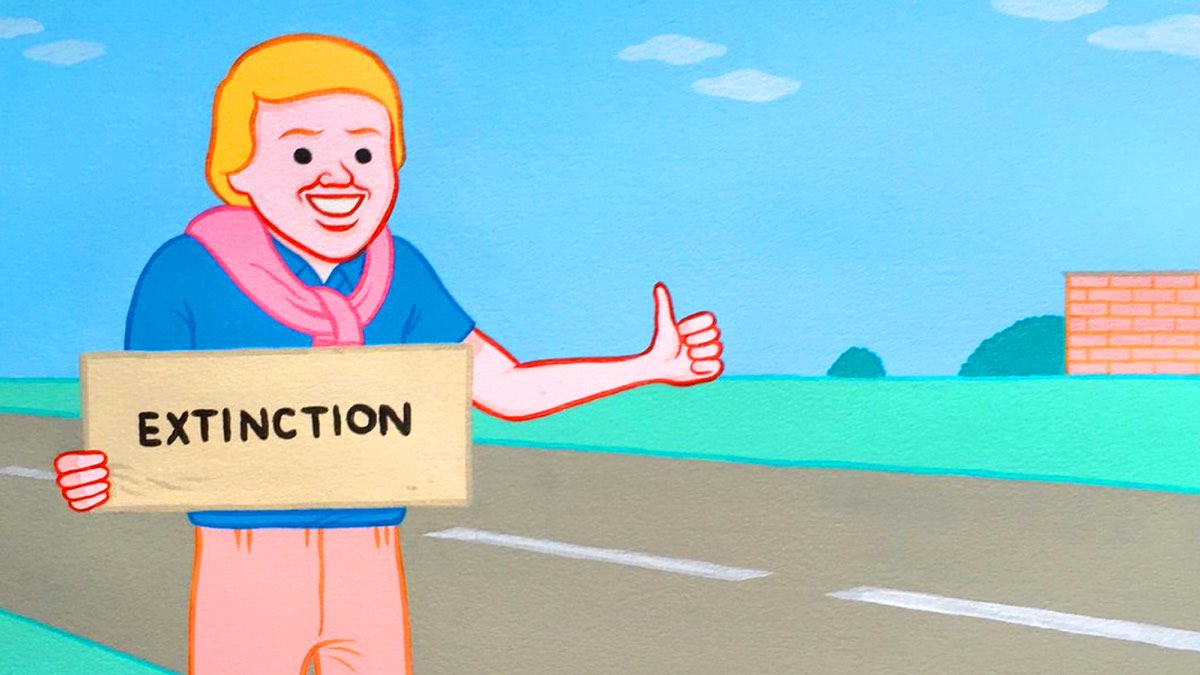

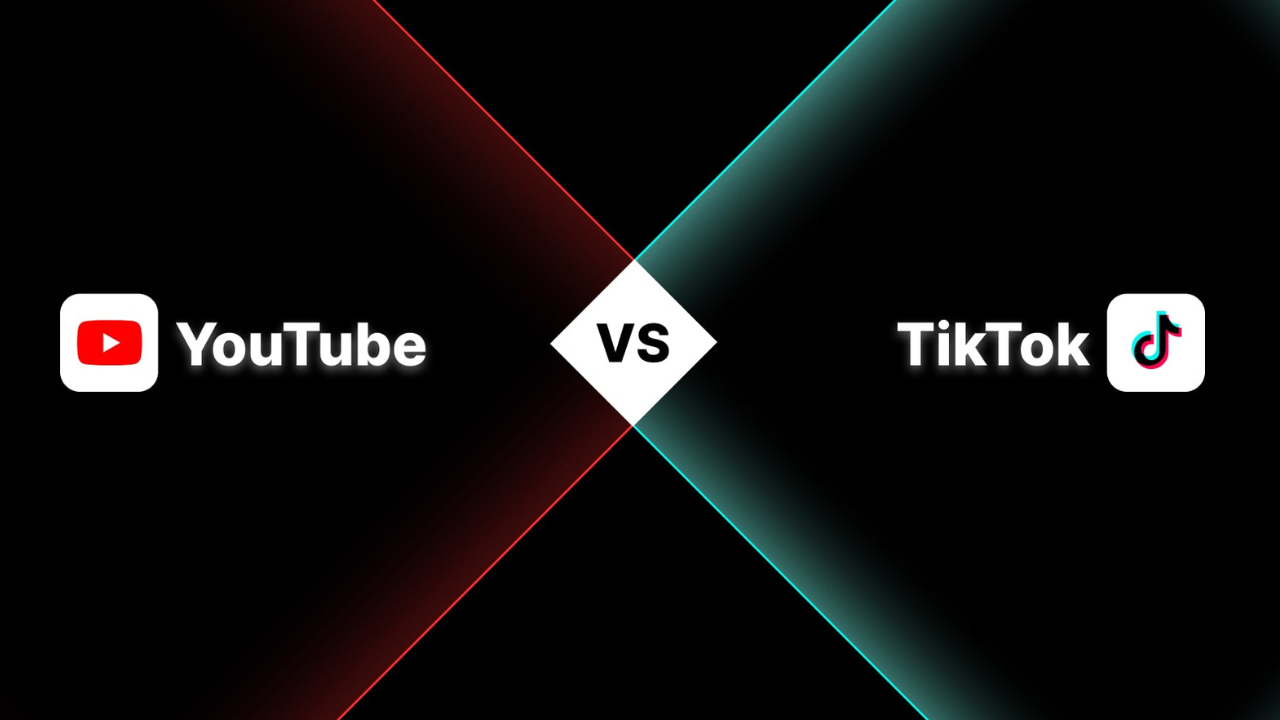
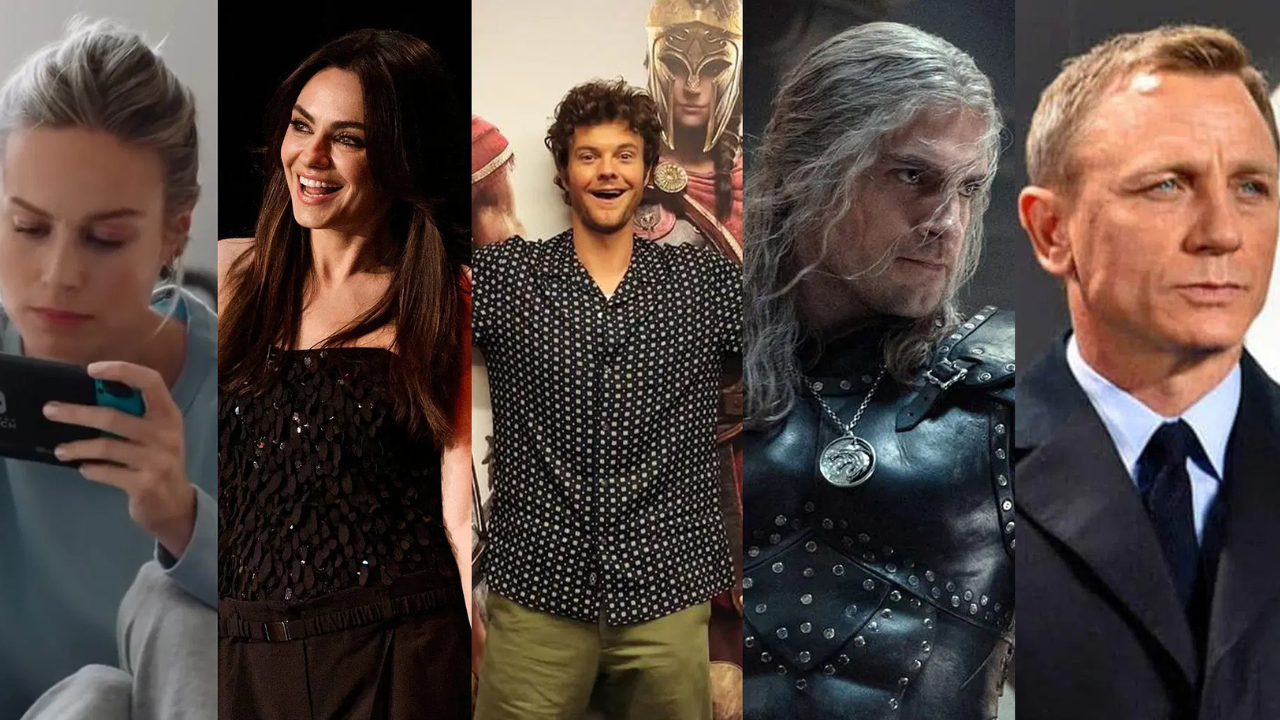
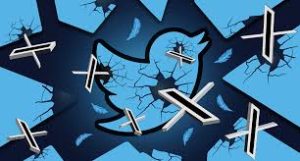

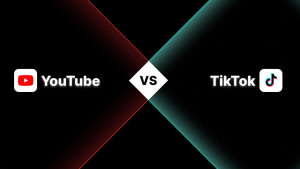

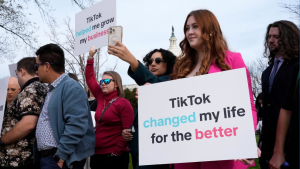
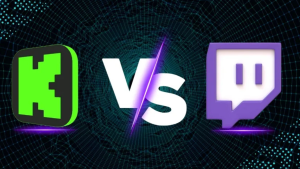

Post Comment